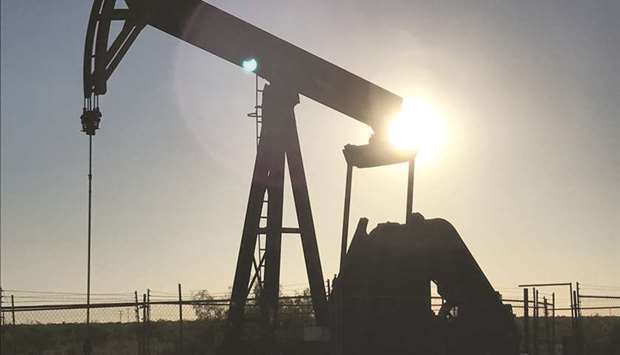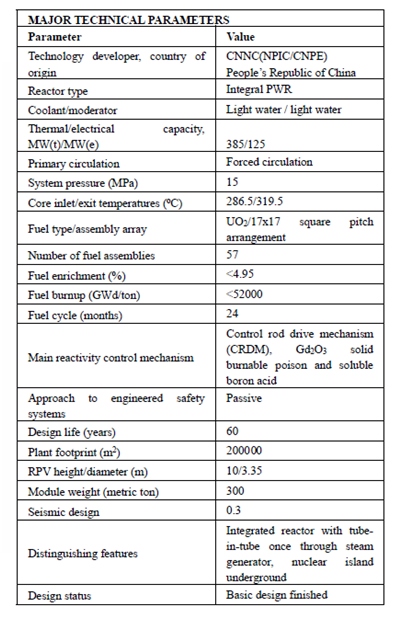Chevron mega-deal showcases age of American energy

Bloomberg/Houston/London
For all the ink spilled over climate change and the global energy transition, the world’s biggest energy companies are focusing on where it all began: American oil.
Chevron Corp’s $33bn acquisition of Anadarko Petroleum Corp, announced on Friday, will make the US company the largest producer in the dusty plains of the Permian Basin by giving it control of an oil-rich area twice the size of Los Angeles.
The deal, the industry’s biggest in four years, is fuelling speculation about what arch-rivals Exxon Mobil Corp and Royal Dutch Shell Plc will do next and which other Permian operators are in their sights. Furthermore, it cements the booming oil patch in West Texas and New Mexico as arguably the most dynamic force shaping the global energy market right now. Output there is forecast to grow by millions of barrels in years to come, meaning global producers can’t afford to ignore it.
“It’s a strong message that one of the biggest players in the Permian wants to get even bigger,” Noah Barrett, who helps manage $328bn at Janus Capital Management in Denver. “The only way to do that right now is through M&A. The M&A teams at the other integrateds are certainly sharpening their pencils.”
The Chevron-Anadarko tie-up represents a remarkable turnaround from just a year ago. Coming out the worst price collapse in a generation, oil companies were still pledging capital discipline and vowing to never repeat the overspending seen at the top of almost all previous price cycles.
The newfound humility appeared to hit the right tone, coming at the same time as the industry faced growing pressure from politicians, pressure groups and shareholders to act on climate change. Shell said this year it wants to become the world’s biggest power company. BP Plc is ramping up gas production, which its boss Bob Dudley says is key to replacing coal, a dirtier source of energy.
But after half a decade of cutbacks, and boosted by a Brent crude price that’s up 33% this year, Big Oil is gaining in confidence and looking more favourably at growth.
Exxon is ramping up spending to more than $30bn a year while BP and Total SA also have ambitious plans for new projects.
US shale is attracting more investment dollars than renewables, but so far it’s been dominated by domestic players. Chevron, a bit-part player in the Permian just a few years ago, is poised to become the basin’s top producer and acreage holder once the Anadarko deal is completed later this year.
Total barely has an onshore US presence, nor does Equinor ASA or Eni SpA. BP is the only European oil company that has spent significantly in US shale, paying $10.5bn for the onshore exploration business of BHP Billiton Ltd last year. Shell is in talks to acquire closely held Permian specialist called Endeavor Energy Resources LP, people familiar with the matter said in February.
https://www.gulf-times.com/story/628694/Chevron-mega-deal-showcases-age-of-American-energy
















